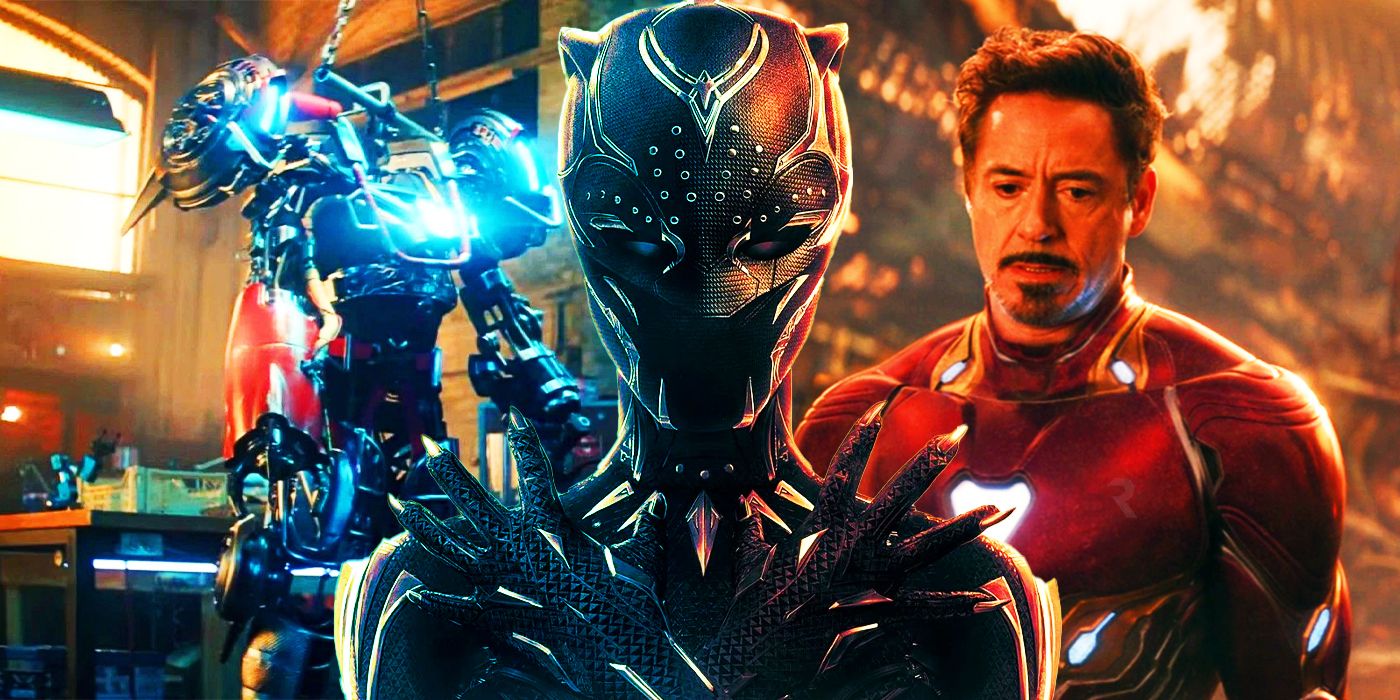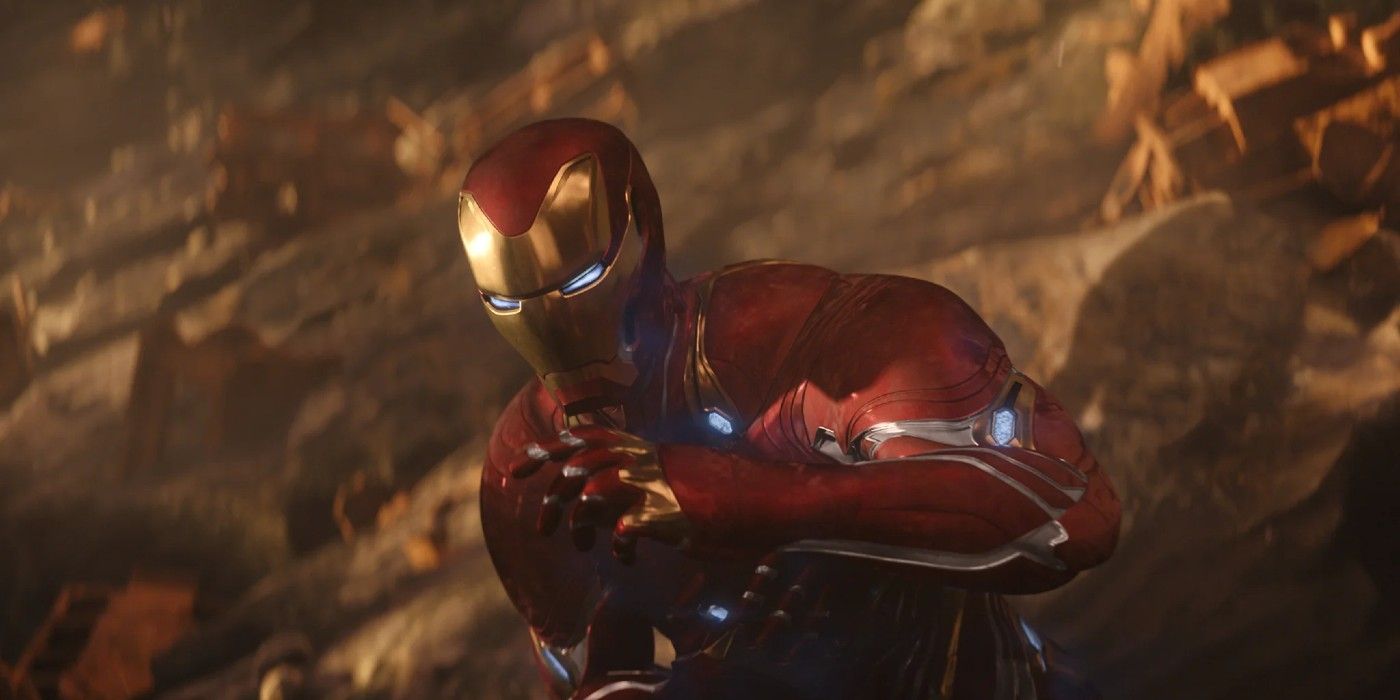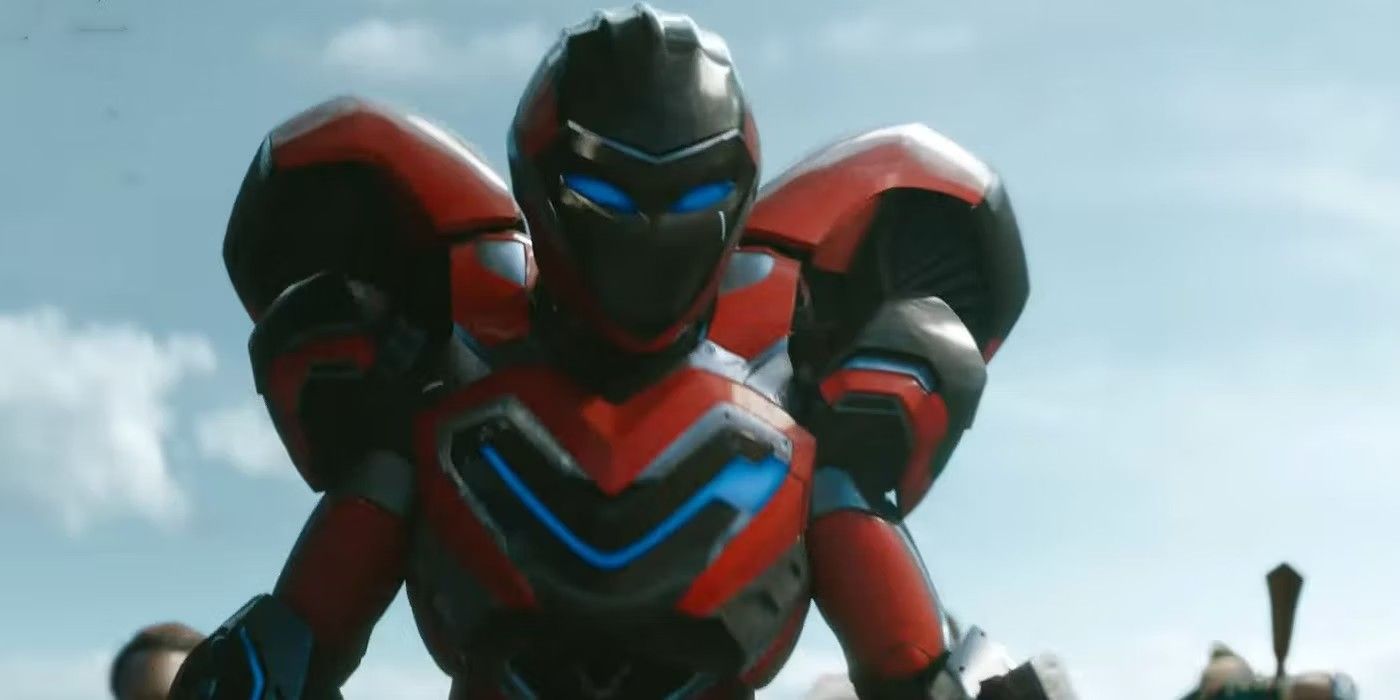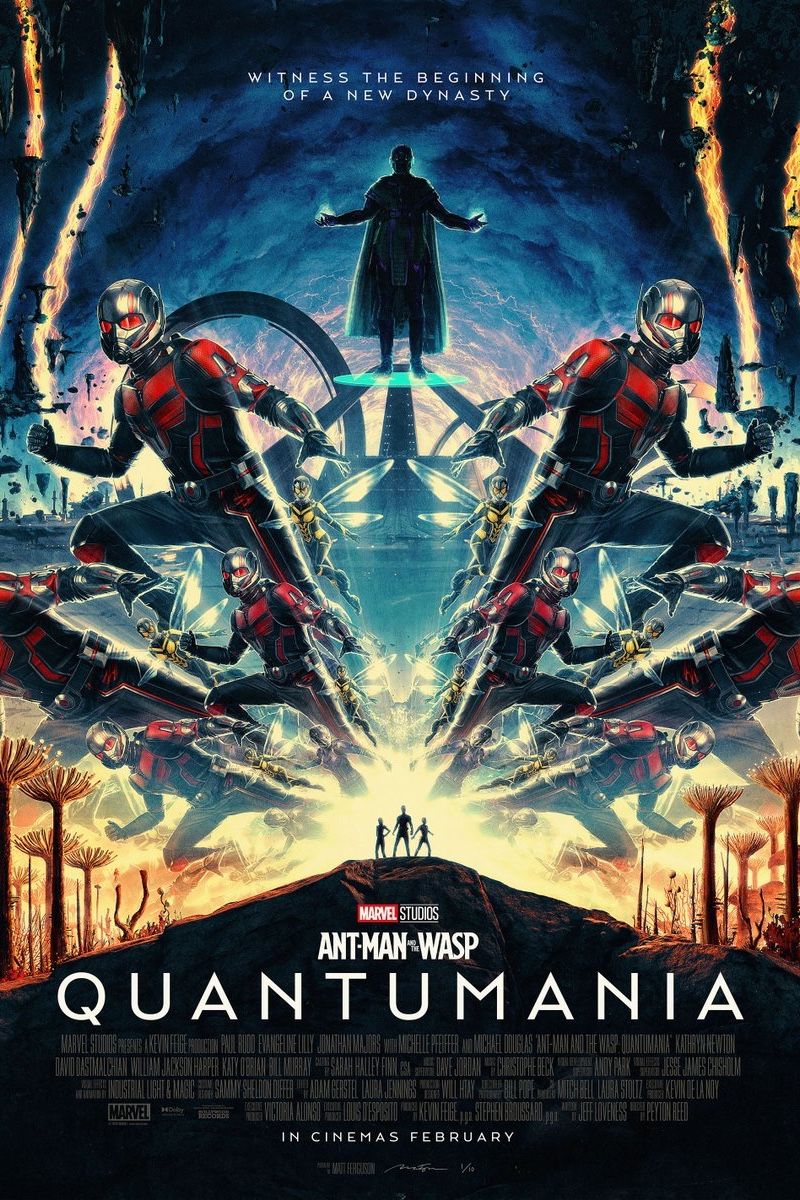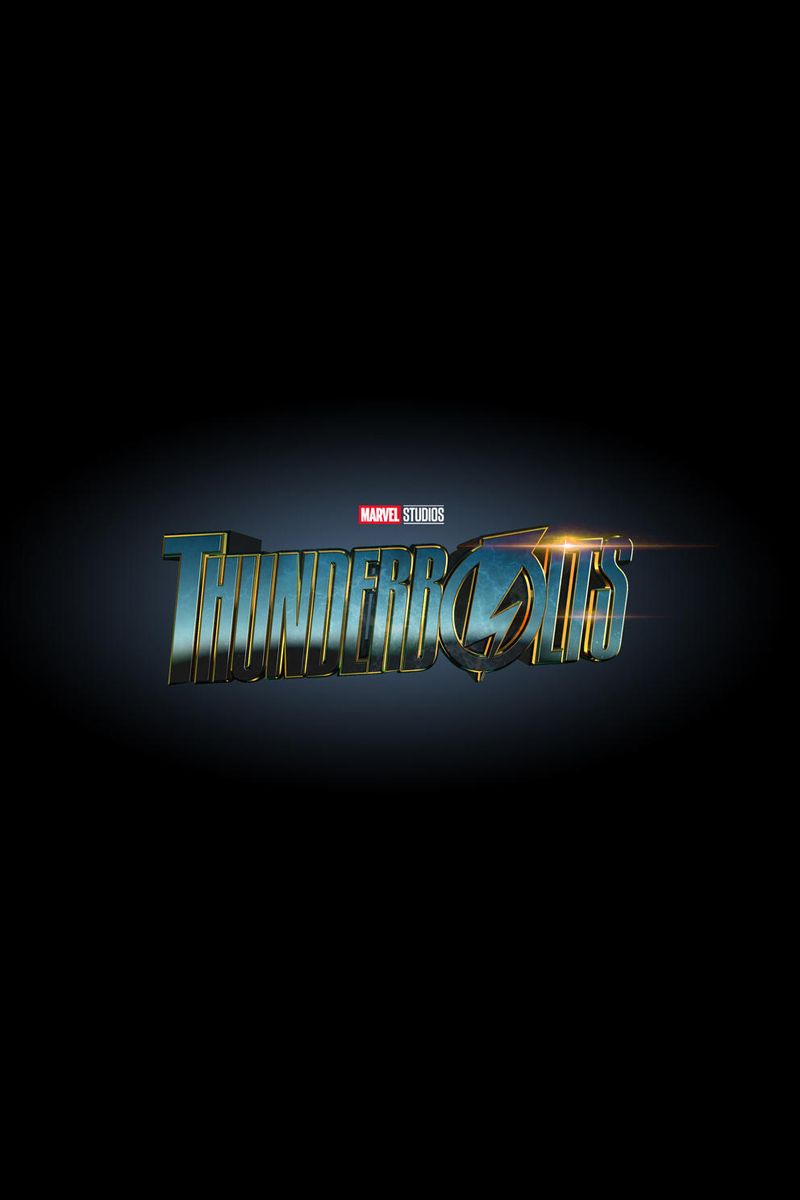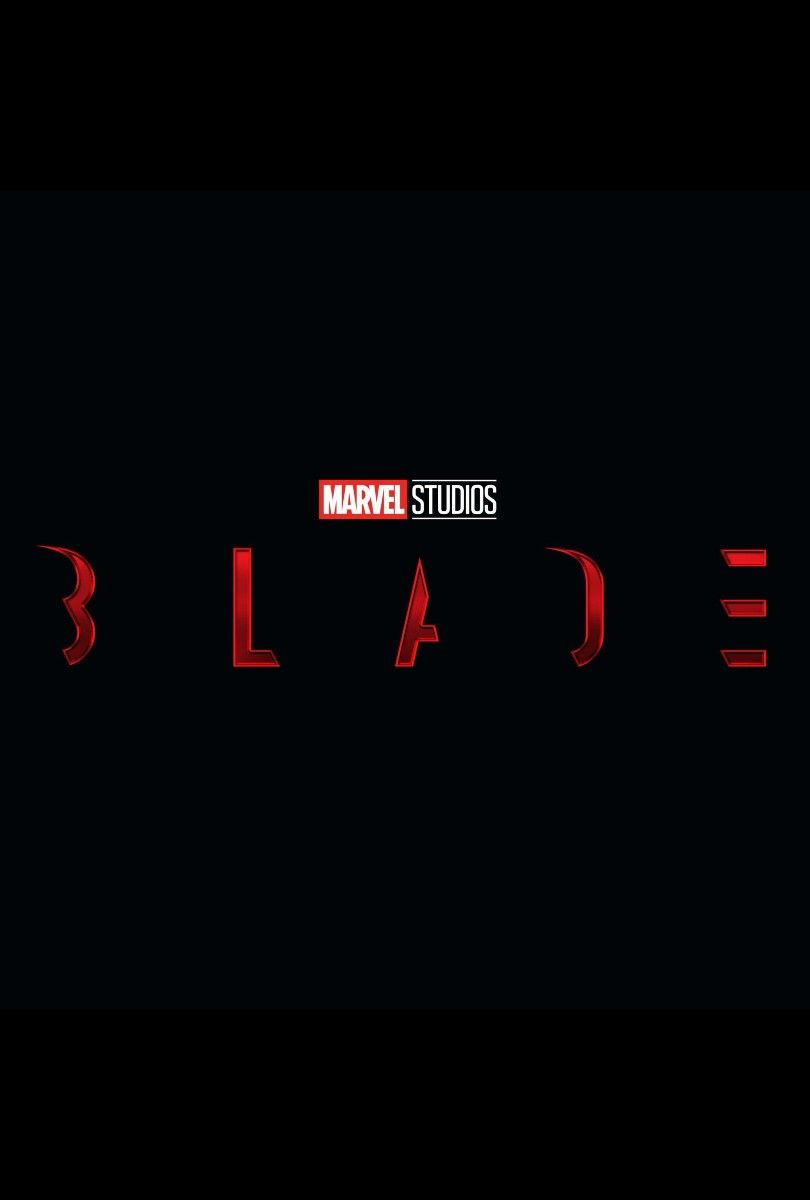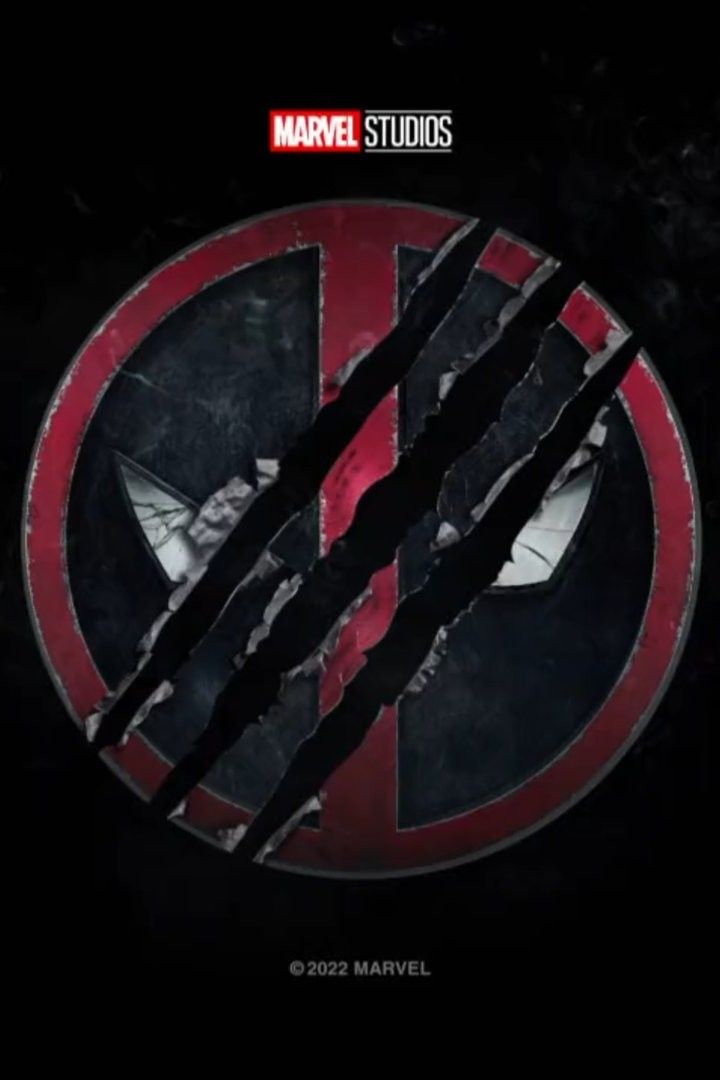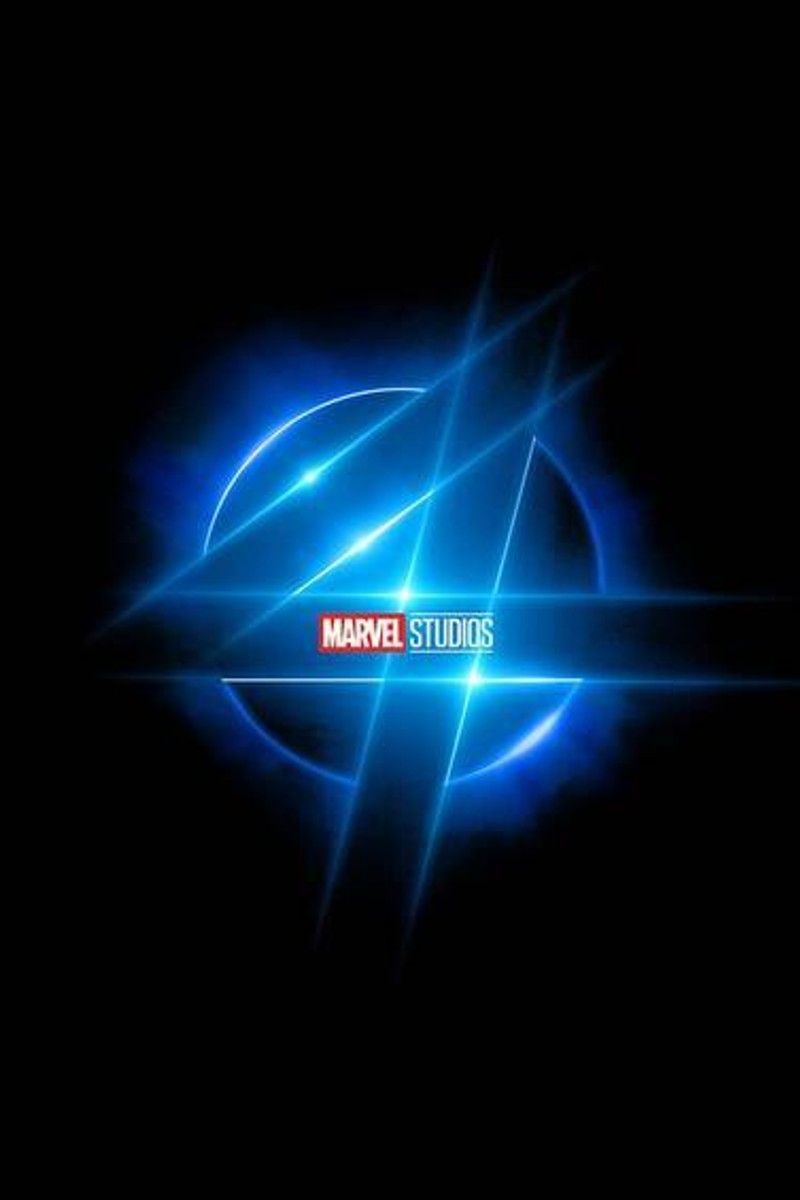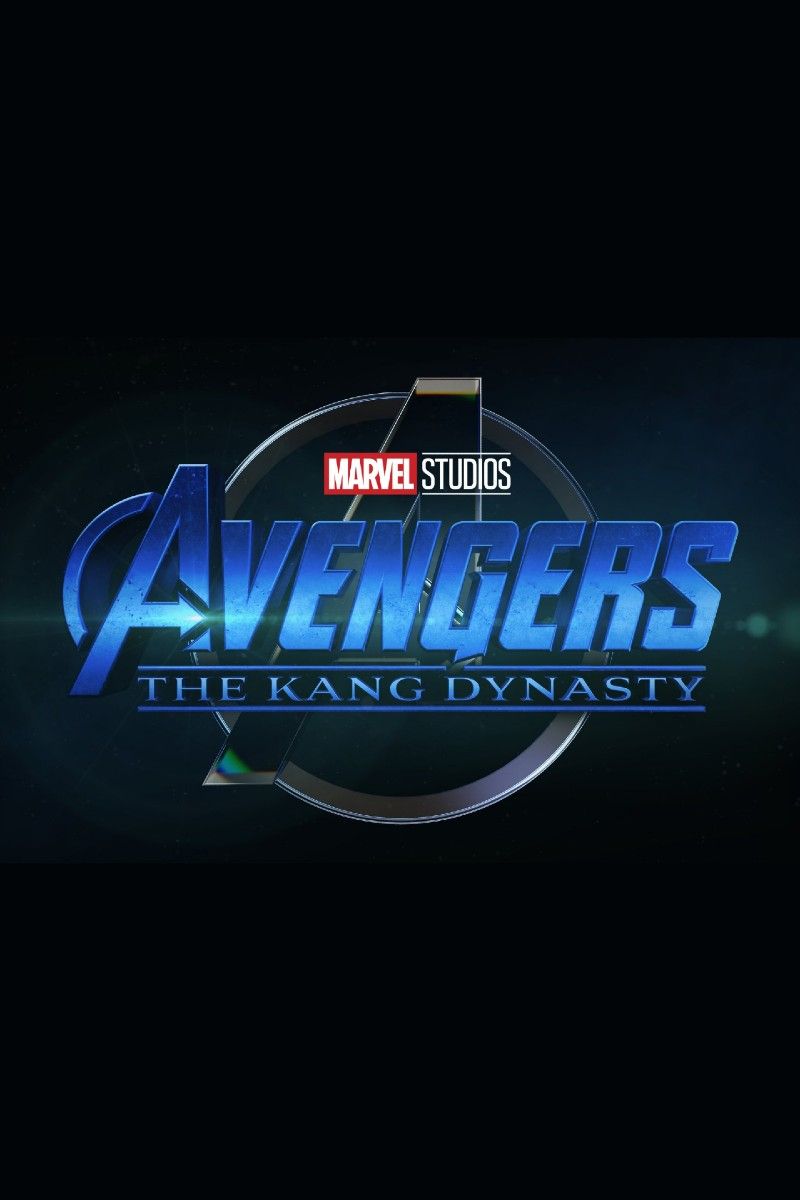Black Panther: Wakanda Forever continued the use of nanotech suits in the Marvel Cinematic Universe, which connected back to a problem for Iron Man in Avengers: Infinity War. In the MCU, many of the heroes and villains wore specialized suits that were both protective and helped them in battle while also representing their personalities. As MCU characters developed new iterations of their suit, they tended to add tiny enhancements, enabling them to better use their powers and become stronger. A great example of this was Iron Man's nanotechnology.
Iron Man's nanotech armor during Infinity War proved hugely useful in battle. The suit provided Tony Stark with super strength, extreme durability, and high-velocity flight, making it his fastest and most stable design ever. The suit also came equipped with a surface reforming function, enabling Nano Particles to cover the user's body parts in the event of injury. In Black Panther: Wakanda Forever, inventor Riri Williams created a similar weaponized suit that rivaled the one used by Stark. However, while these toys presented a new, impressive technology to the MCU, they also introduced a major story problem.
Nanotech Advanced Power Suits Make Fights Less Dramatic
Generally, superheroes are interesting because of their limitations and personal problems, not their abilities. It's what makes them human and allows audiences to relate to their plights. Creating a compelling story can be difficult if the main character has no flaws and feels practically invincible. Iron Man's nanotech suit in Infinity War rendered him too powerful. Although Tony Stark wasn't without his personality flaws, in several of his battles, it still felt as though he wasn't in any real danger given the state-of-the-art capabilities of his suit.
Originally, Iron Man's suit had hindrances such as freezing at high altitudes. Another issue was that his arc reactor's energy would be drained after the Unibeam weapon was used, which weakened the armor's strength. Without his armor, Tony was vulnerable and fared no chance against his enemies. Previous hyper-advanced suits in the MCU made the users feel "perfect," as did Riri Williams' Ironheart Armor during Black Panther Wakanda: Forever's climax. It was done in a way that completely removed any drama and tension from the heroes' action scenes, making them much less interesting.
How Iron Heart And Armor Wars Can Make Power Suits Exciting Again
At the end of Black Panther: Wakanda Forever, Riri was told that she had to leave her Ironheart suit in Wakanda and couldn't take it back to America with her. Assuming she'll rebuild her suit without important Wakandan resources such as vibranium, Riri Williams can avoid Iron Man's overpowered suit problem in her next MCU appearance, Ironheart. Riri will need to take a step back tech-wise and craft her armor's design from the ground up, which can help to reintroduce imperfect suits with limitations.
Without Stark, Rhodey will also need to find a way to maintain his suit and continue living out his superhero identity as War Machine in Armor Wars. If Marvel decides to go down this route, it will help to make the concept of nanotechnology not feel overused in the MCU, which could cause it to become stale. Doing this allows for more drama and tension during the battles between these hyper-advanced suits. Going back to supersuit basics means the MCU can avoid a problem that originated in Avengers: Infinity War but continued in Black Panther: Wakanda Forever.

